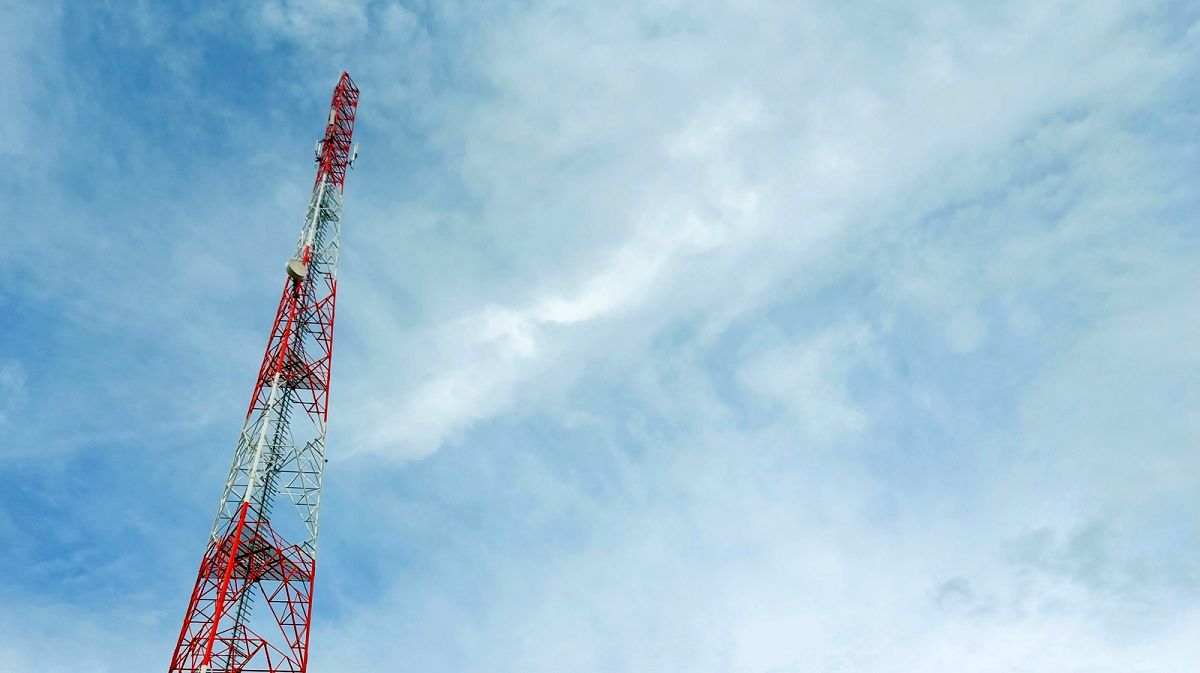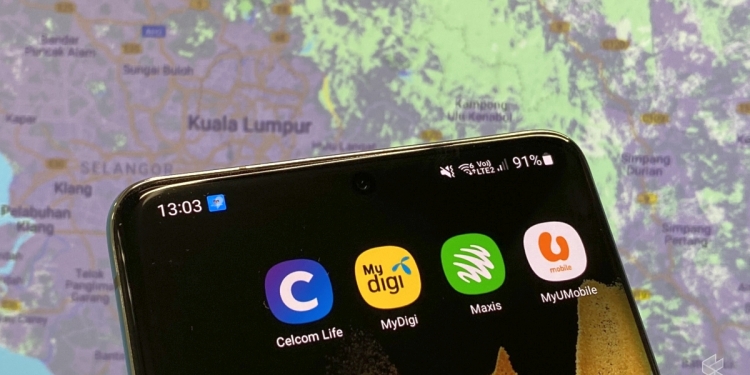The big four Malaysian telcos – Celcom, Digi, Maxis and U Mobile, have jointly issued a statement to highlight its achievement under the JENDELA programme. In 2021, the telcos have exceeded their targets and have increased 4G population coverage to 95.4%. Collectively, they have upgraded 13,807 base stations to 4G and have erected 250 new 4G towers.
The telcos said the deployment and expansion of 4G ahead of schedule is a result of collaboration between the network operators. This includes infrastructure, tower and bandwidth sharing which is common and practiced since 2005. The telcos have engaged in 2G Dometic Roaming (voice), 3G sharing (voice and data), and 4G Multi-Operator-Core-Network (MOCN).
According to the statement, the collaboration to expand 4G in rural areas under JENDELA Phase 1 requires shared and minimal resources from MNOs, hence having a substantial capacity for 5G and the ability to effectively prioritise a coordinated 5G rollout. Last month, the big four telcos have proposed a Dual Wholesale Network (DWN) for 5G which will allow the telcos to form a consortium to develop another 5G network to compete with Digital Nasional Berhad (DNB).
The telcos emphasised that industry collaborations are essential to provide connectivity in rural and remote areas which are scarcely populated while maintaining healthy competition in key market centres with denser populations. Although U Mobile was a newcomer among the four, the industry has collaborated to enable rapid coverage expansion including a 2G domestic roaming agreement with Celcom from 2007 to 2012, as well as 2G roaming and 3G MOCN with Maxis from 2012 to 2019. Meanwhile, Celcom and Digi have also collaborated on passive infrastructure sharing with site sharing and consolidation since 2011. The duo has also commenced an initiative to build and share 10,000km of fibre nationwide in 2013.

Before the formation of DNB, Celcom and Maxis have conducted Southeast Asia’s first 5G MOCN trial in Langkawi in 2020, which demonstrates how 5G can be deployed quickly and efficiently. Later in the year, the four telcos have shared a 4G tower hosted by U Mobile in Luban Ulu, Betong, Sarawak as part of the SMA 300 telecommunications tower programme. This is the first 3G and 4G MOCN tower in Malaysia that allows telcos to use their respective core network to offer diverse packages using a shared infrastructure.

According to the big four, the MOCN implementation for 3G and 4G demonstrates the feasibility of 5G sharing to accelerate coverage as part of competing networks. On top of that, Celcom, Digi, and Maxis have started a collaboration last year to jointly develop and share fibre infrastructure which will allow faster and more efficient deployment of fibre backhaul to support 4G and 5G connectivity.
To prepare Malaysia for 5G as part of MyDigital’s ambition, the telcos said a denser, fibre-rich infrastructure will be needed to deliver 5G’s key performance indicators of low latency, higher data speeds, ultra-high reliability, and the capacity to manage more connected devices.
According to Communications and Multimedia Minister Tan Sri Annuar Musa, Malaysia is expected to decide on the 5G rollout model by this Friday.
Related reading
- SWN or DWN? Annuar Musa says a decision on Malaysia’s 5G rollout is now expected next Friday
- GSMA: DWN may encourage telcos to build 5G network faster, MCMC must provide Regulatory Impact Assessment of SWN
- JENDELA exceeds its average mobile speed KPI of 35Mbps, but does it reflect real-world experience?
- Malaysia has not fully shut down its 3G networks, over 440,000 users have not switched to 4G phones








